Batteries are effective at reducing power outages since they can also store excess traditional grid energy. The energy stored within batteries can be released whenever a large volume of power is needed, such as during a power failure at a data centre to prevent data being lost, or as a back-up power supply to a hospital or military application to ensure the continuity of vital services. Large scale batteries can also be used to plug short-term gaps in demand from the grid. These battery compositions can also be used in smaller sizes to power electric cars and may be further scaled down to power commercial products, such as phones, tablets, laptops, speakers and – of course – personal gas detectors.
Gas hazards
The main gas risk emitted by batteries, specifically lead acid batteries, is hydrogen. It is possible to get both hydrogen and oxygen evolved during charging however, a lead acid battery is likely to have catalytic recombination parts internally, so oxygen is less of a risk. Hydrogen is always a cause for concern, as it can collect and build up. A situation that is obviously worsened when they are charged in a space with a poor airflow.
When charging, lead-acid batteries consist of lead and oxide at the positive terminal, and of spongy lead at the negative anode, using concentrated sulfuric acid as the electrolyte. The presence of sulfuric acid is another cause for concern if the battery leaks or is ever damaged because concentrated acids harm people, metals and the environment.
When charging batteries also emit oxygen and hydrogen because of the electrolysis process. The levels of hydrogen produced soar when a lead acid battery cell “blows” or is unable to be charged properly. The amount of gas present is relevant because high levels of hydrogen make it highly explosive, even though it is not toxic. Hydrogen has a 100% lower explosive limit of 4.0% by volume, at which level an ignition source would cause fires or for hydrogen more usually, explosions. Fires and explosions are an issue not only for the workers within the space, but also for the surrounding equipment and infrastructure.
Importance of Gas Detection Technology
Gas detection is an invaluable safety technology often equipped in battery charging rooms. Ventilation is also advised, and while helpful, it is not fool proof as fan motors can fail and should not be relied upon as the sole safety measure for battery charging areas. Fans mask the problem while gas detection notifies personnel to act before problems escalate. Gas detection systems are crucial in informing personnel of increasing gas leaks before becoming dangerous. Gas detection units comply with local building codes and NFPA 111, the National Fire Protection Association standard on stored electrical energy emergency and standby power systems. They include maintenance, operation, installation, and testing provisions regarding the system’s performance. In addition to permanent gas detection systems, handheld units are available. The benchmark products are provided by Crowcon and are listed below.
Portable Gas Detectors
Crowcon’s portable gas detectors (Gasman, Gas-Pro, T4x, Tetra 3 and T4) protect against a wide range of industrial gas hazards, with both single gas and multi-gas monitors available. With a wide range of sizes and complexities, you can find the right portable gas detection solution to meet the number and type of gas sensors you need and your display and certification requirements.
Fixed Gas Detectors
Crowcon gas detection fixed systems offer a flexible range of solutions that can measure flammable, toxic, and oxygen gases, report their presence, and activate alarms or associated equipment. Crowcon fixed gas monitoring systems (Xgard, Xgard Bright and XgardIQ) are designed to be interfaced with manual call points, fire and gas detectors, and distributed control systems (DCS).
Control Panels
Crowcon gas detection control panels offer a flexible range of solutions that can measure flammable, toxic, and oxygen gases, report their presence, and activate alarms or associated equipment. Crowcon fixed gas (Vortex, GM Addressable Controllers, Gasmaster) monitoring systems are designed to be interfaced with manual call points, fire and gas detectors and distributed control systems (DCS). In addition, each system can be engineered to drive remote annunciators and mimic panels. Crowcon has a gas detection product to suit your application regardless of your operation.
Temperature Measurement
Crowcon has extensive experience with temperature measurement. There are several models of temperature measurement, from pocket thermometers to industrial kits ranging from -99.9 to 299.9°C with probes and clamps. They are enhancing their fixed detection capabilities by adding high-temperature electrochemical sulphur dioxide detection for battery manufacturing and charging stations. This is critical during the first charge of a battery, as a fault is most likely at that time. Their fast-acting systems detect the precursors to thermal runaway and quickly terminate power to the batteries to avoid damage.
To find out more on the dangers of gas hazards in battery power visit our industry page for more information.



